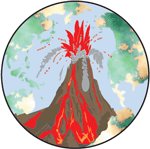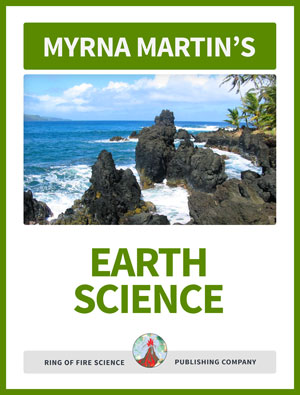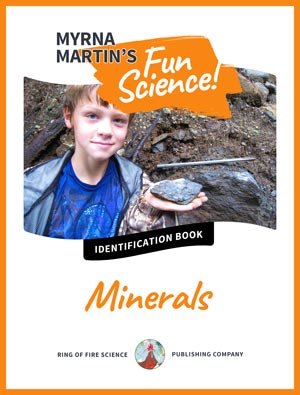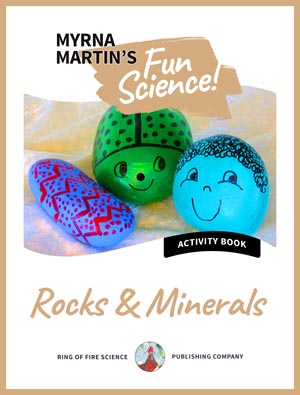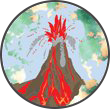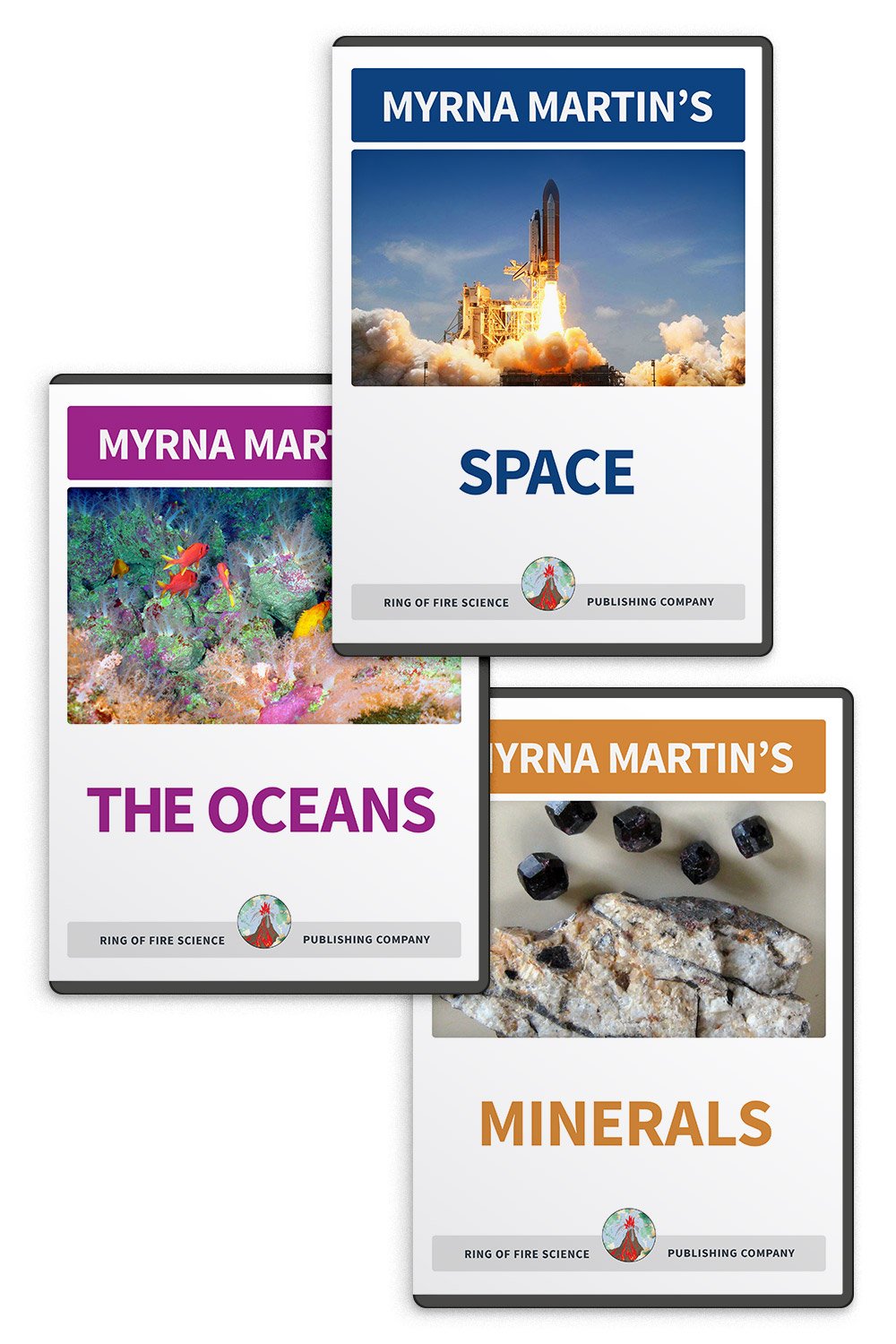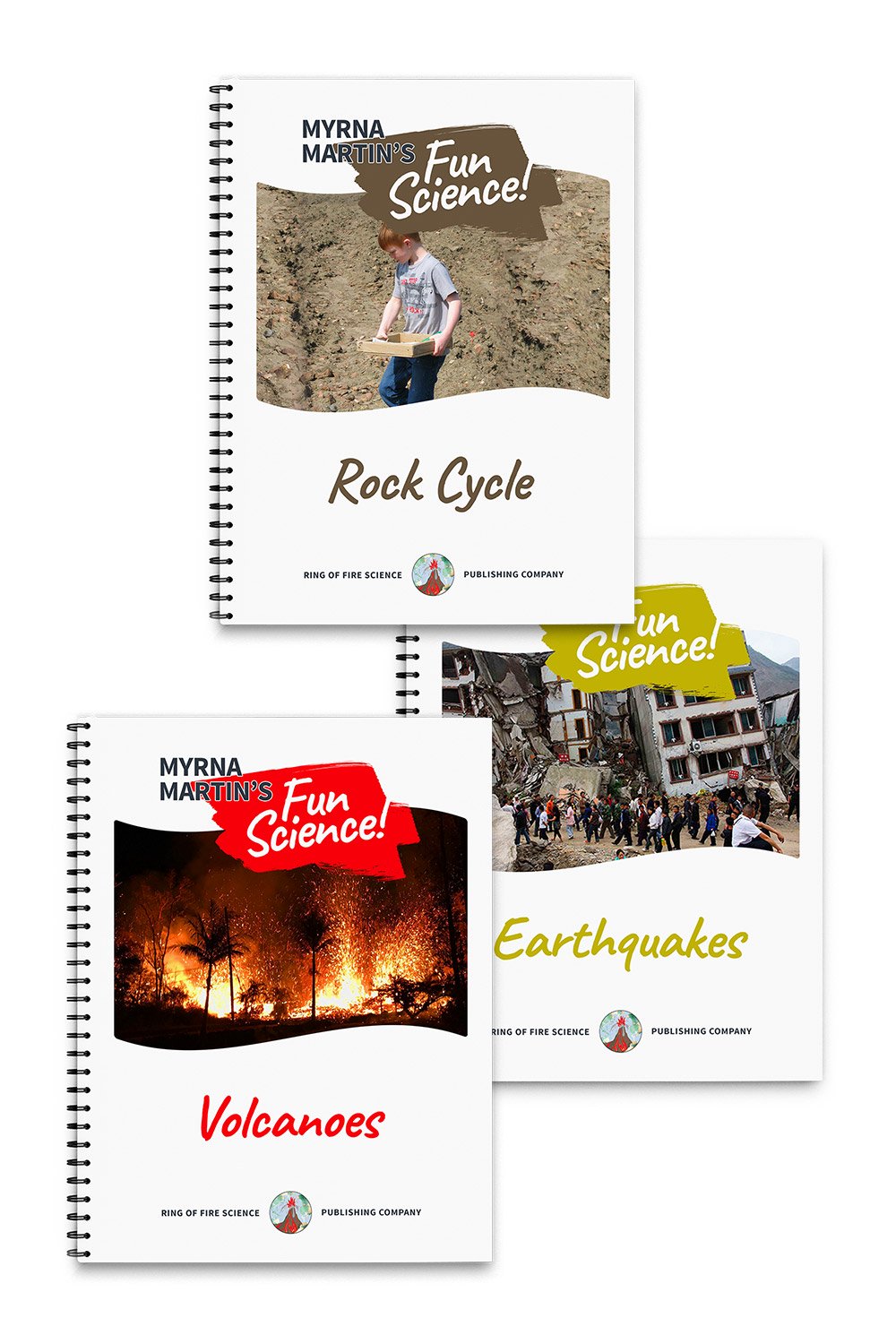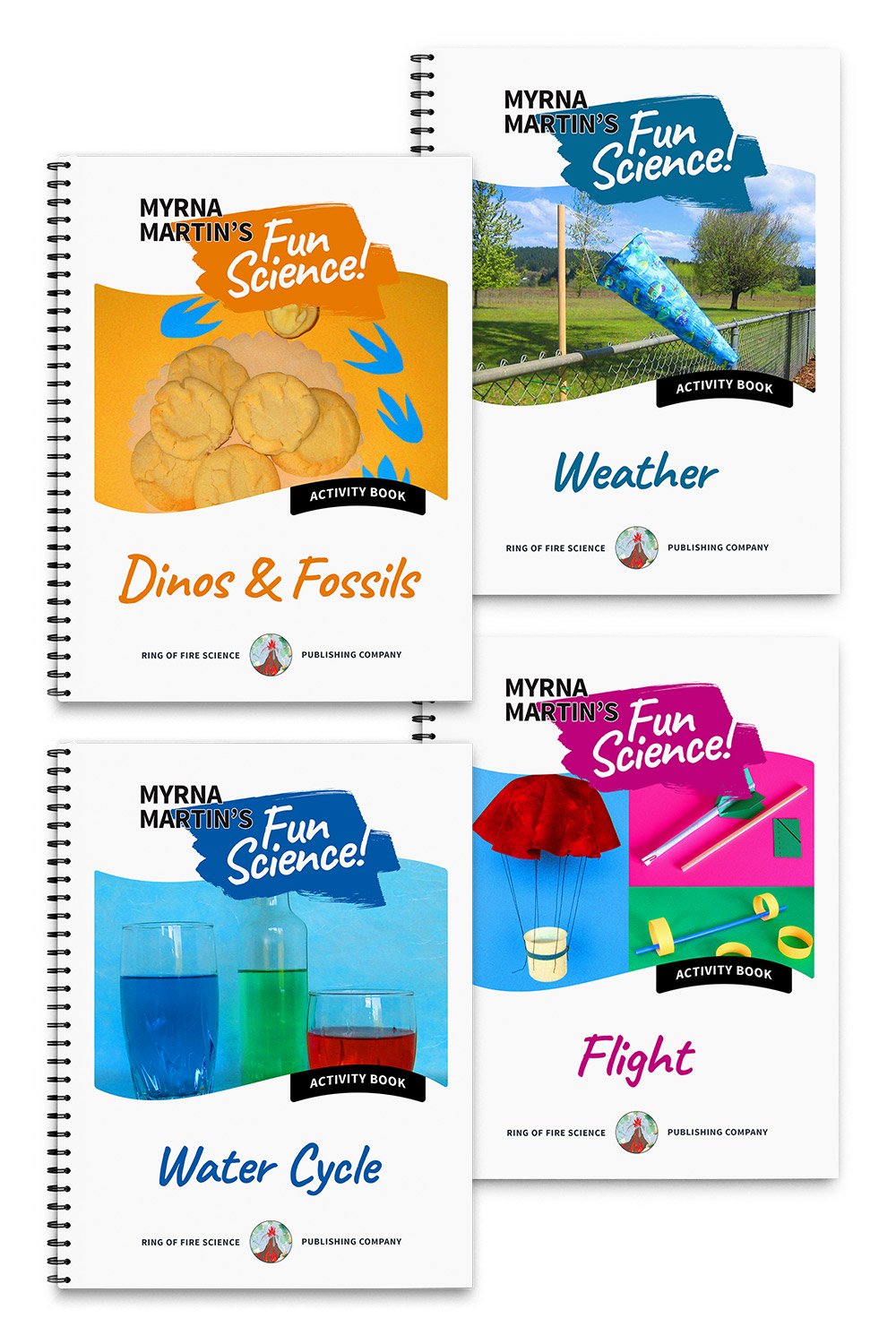Unknown Life around Black Smokers
Discovery of entire ecosystem on the ocean floor
Black smokers discovered in 1977
Black smokers (hydrothermal vents) were discovered by scientists aboard the
Alvin in 1977. They were looking for vents in the ocean floor where hot lava
flowed out and mixed with seawater on the ocean floors where tectonic plates
were separating. Scientists aboard the Alvin were stunned to find an entire
ecosystem living off bacteria around hydrothermal vents.
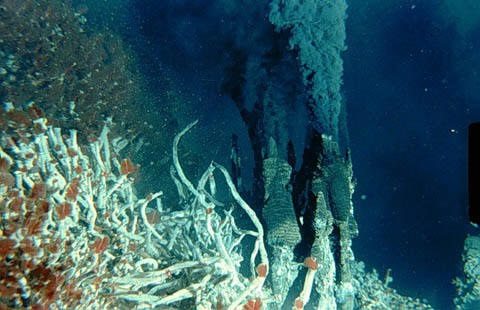
Black smoker surrounded by an unknown ecosystem prior to 1977. NSF
Discovering the Rose Garden
Huge tube worms lived in the area
The oceanographers in the submersible found huge tube worms, giant clams and other animals living around chimney-like structures with black smoke-like material flowing out of the top of the structures. They named the area around the vents the Rose Garden and the vents were nicknamed black smokers.
HYDROTHERMAL vents
Theory of how new seafloors were created
Scientists had speculated that hydrothermal vents might lie along the spreading
ridges where tectonic plates were separating. This speculation began after
Harry Hess proposed a theory that new seafloors were being created at mid-ocean
ridges and were being destroyed in subduction zones. Magnetism in the rocks
that are located on either side of the spreading ridge proved the hypothesis.
Sulfur-bearing minerals around the Vents
How the vents are created
These vents are created by hot water seeping down into cracks on the ocean floor where plates are separating. The ocean water is superheated up to 350°C (662°F) by the hot lava. The superheated water dissolves minerals in the basalt on a mid-ocean ridge volcano creating high concentrations of sulfur-bearing minerals called sulfides.

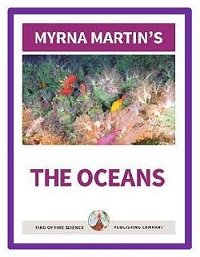
Click for More Information and to Order
How the Vents are formed
Minerals crystallize in the cold water forming chimneys
The superheated water is immediately cooled when it reaches the cold ocean
waters. The minerals crystallize in the cold water and fall around the vent
forming chimneys made of the crystallized minerals, hence their name black
smokers.
Life without sunlight
People did not believe life could exist on the ocean floors
Scientists had long believed that nothing could live at the great pressures found on the ocean floors and that all life on our planet required sunlight to thrive. Both of these theories were proven incorrect in 1977 when the first hydrothermal vents were discovered.

Black smokers surrounded by ecosystem that is not dependent on the sun, NOAA
Bacteria are the basis of the food chain
Bacteria are basis of the food chain in the vent area
Giant tube worms, long necked barnacles, giant clams all lived in communities
around the smokers. Since their discovery it has been found that a unique type
of bacteria is able to metabolize large amounts sulfur that is found in the
superheated water that flows out of the vents. The bacteria are the basis of
the food chain because no sunlight reaches these areas that are often over a
mile deep.
Newly discovered black smokers
Hydrothermal fields have been discovered
Since the discovery of the vents scientists have found many more of these hydrothermal fields that range in size from 4 square meters (43 square feet) to the size of a tennis court. The fields are typically about 10 meters in diameter. Today scientists are studying three areas around the globe looking for hydrothermal fields.
Juan de Fuca Ridge, Galapagos Rift, and East Pacific Rise
Three areas of seafloor are being studied
Three areas being studied by scientists today are the ridge on the Juan de Fuca
Plate that lies off the Oregon and Washington coast, Galapagos Rift along the
eastern Pacific Ocean basin, and the Southern East Pacific Rise in the Southern
Pacific Ocean. Only a small portion of the ocean floor has been studied and it
is expected that many more black smokers will be found in future years.
Rich deposits of minerals
Island of Cyprus was once a hydrothermal vent
Many of the richest deposits of minerals found on are planet were created around hydrothermal vents. Copper ores mined on the island of Cyprus in the Mediterranean Sea were once the site of hydrothermal vents before they were uplifted to form the island of Cyprus. Today research is being conducted to see if active vents can also be mined for their rich mineral deposits. At the present time the fields are too small and too far below sea level to make mining the minerals profitable.
KIDS FUN Science Bookstore
Check out Myrna Martin's award winning textbooks, e-books, videos and rock sets. The Kids Fun Science Bookstore covers a wide range of earth science topics. Click here to browse.


